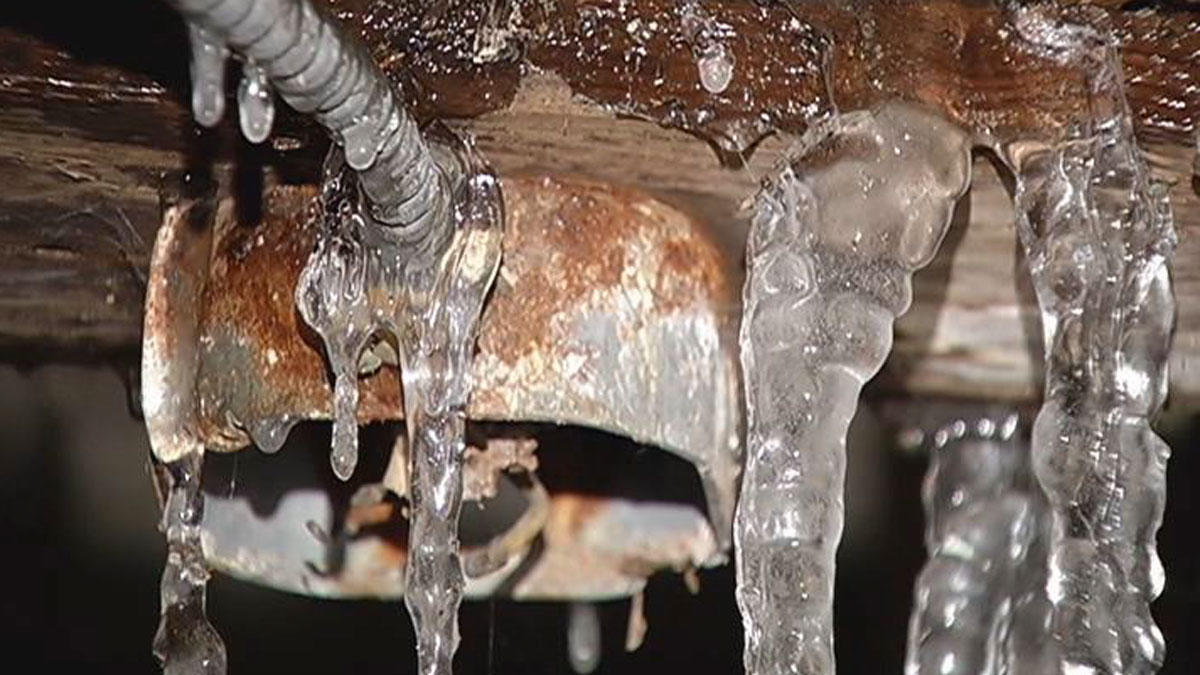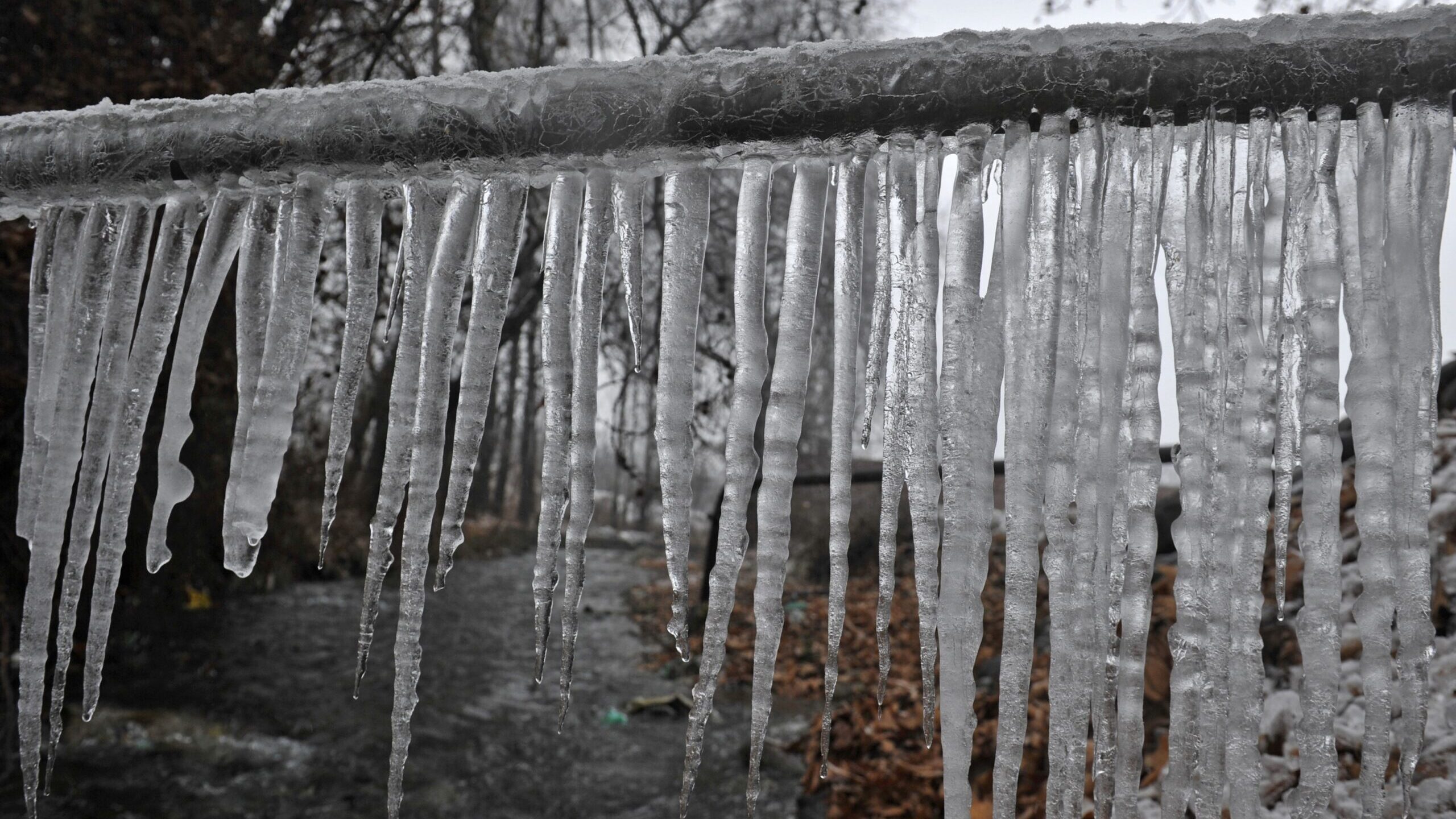Tips to Keep Pipes from Cold Weather Damage: Important Guidance
Tips to Keep Pipes from Cold Weather Damage: Important Guidance
Blog Article
We have uncovered this article on Winter Plumbing Precautions: Preventing Frozen Pipes listed below on the internet and accepted it made good sense to quickly share it with you over here.

Cold weather can wreak havoc on your plumbing, specifically by freezing pipelines. Below's just how to stop it from happening and what to do if it does.
Intro
As temperature levels decrease, the threat of frozen pipes boosts, possibly bring about costly repair work and water damage. Understanding exactly how to stop frozen pipes is crucial for property owners in cool environments.
Avoidance Tips
Protecting at risk pipelines
Cover pipes in insulation sleeves or make use of warmth tape to protect them from freezing temperatures. Concentrate on pipes in unheated or outside locations of the home.
Heating methods
Keep indoor rooms effectively heated, particularly areas with pipes. Open up closet doors to permit cozy air to circulate around pipelines under sinks.
How to determine frozen pipelines
Try to find reduced water circulation from taps, uncommon smells or sounds from pipelines, and noticeable frost on subjected pipelines.
Long-Term Solutions
Architectural adjustments
Consider rerouting pipelines away from outside walls or unheated locations. Add added insulation to attic rooms, basements, and crawl spaces.
Upgrading insulation
Purchase top notch insulation for pipelines, attics, and wall surfaces. Appropriate insulation assists maintain regular temperature levels and reduces the risk of frozen pipelines.
Securing Outside Pipes
Yard hoses and outside taps
Disconnect and drain pipes garden pipes before winter season. Mount frost-proof spigots or cover outdoor taps with shielded caps.
Comprehending Icy Pipelines
What causes pipelines to ice up?
Pipes ice up when exposed to temperatures listed below 32 ° F (0 ° C) for expanded durations. As water inside the pipes freezes, it increases, taxing the pipe wall surfaces and potentially triggering them to burst.
Risks and damages
Frozen pipes can result in supply of water interruptions, home damages, and pricey fixings. Ruptured pipes can flooding homes and create considerable architectural damage.
Indications of Frozen Water Lines
Recognizing frozen pipes early can stop them from breaking.
What to Do If Your Pipes Freeze
Immediate actions to take
If you believe icy pipes, maintain taps open to relieve stress as the ice thaws. Utilize a hairdryer or towels taken in hot water to thaw pipes gradually.
Conclusion
Stopping icy pipes needs aggressive actions and quick actions. By recognizing the reasons, indicators, and preventive measures, property owners can secure their plumbing during cold weather.
5 Ways to Prevent Frozen Pipes
Drain Outdoor Faucets and Disconnect Hoses
First, close the shut-off valve that controls the flow of water in the pipe to your outdoor faucet. Then, head outside to disconnect and drain your hose and open the outdoor faucet to allow the water to completely drain out of the line. Turn off the faucet when done. Finally, head back to the shut-off valve and drain the remaining water inside the pipe into a bucket or container. Additionally, if you have a home irrigation system, you should consider hiring an expert to clear the system of water each year.
Insulate Pipes
One of the best and most cost-effective methods for preventing frozen water pipes is to wrap your pipes with insulation. This is especially important for areas in your home that aren’t exposed to heat, such as an attic. We suggest using foam sleeves, which can typically be found at your local hardware store.
Keep Heat Running at 65
Your pipes are located inside your walls, and the temperature there is much colder than the rest of the house. To prevent your pipes from freezing, The Insurance Information Institute suggests that you keep your home heated to at least 65 degrees, even when traveling. You may want to invest in smart devices that can keep an eye on the temperature in your home while you’re away.
Leave Water Dripping
Moving water — even a small trickle — can prevent ice from forming inside your pipes. When freezing temps are imminent, start a drip of water from all faucets that serve exposed pipes. Leaving a few faucets running will also help relieve pressure inside the pipes and help prevent a rupture if the water inside freezes.
Open Cupboard Doors
Warm your kitchen and bathroom pipes by opening cupboards and vanities. You should also leave your interior doors ajar to help warm air circulate evenly throughout your home.

We had been made aware of that article on Helpful Tips to Prevent Frozen Pipes this Winter from a good friend on a different web property. In case you enjoyed reading our blog post kindly remember to pass it around. Thanks a lot for your time spent reading it.
Call Today Report this page